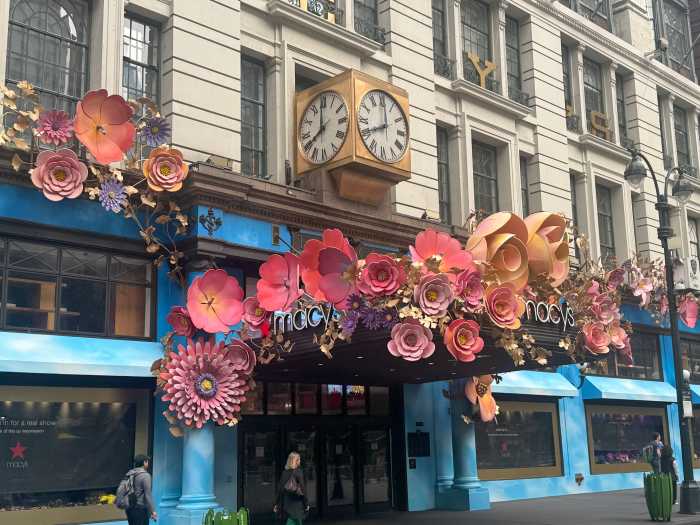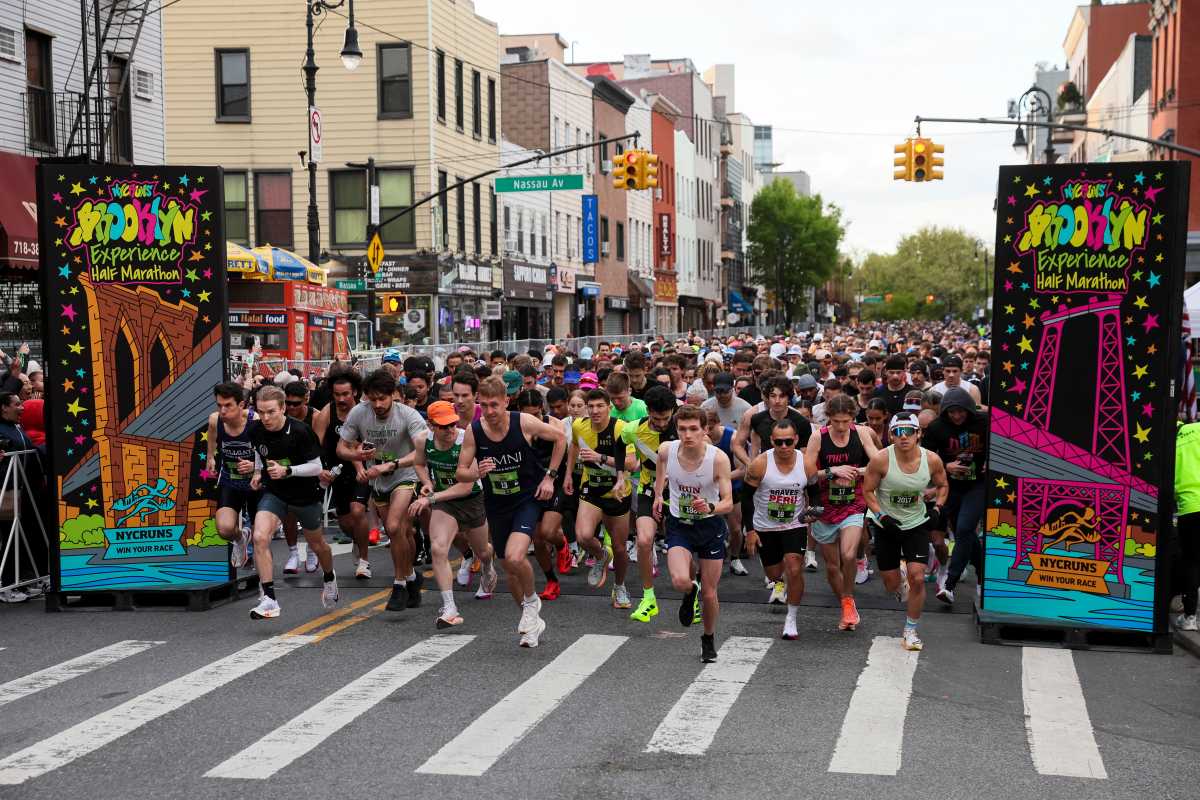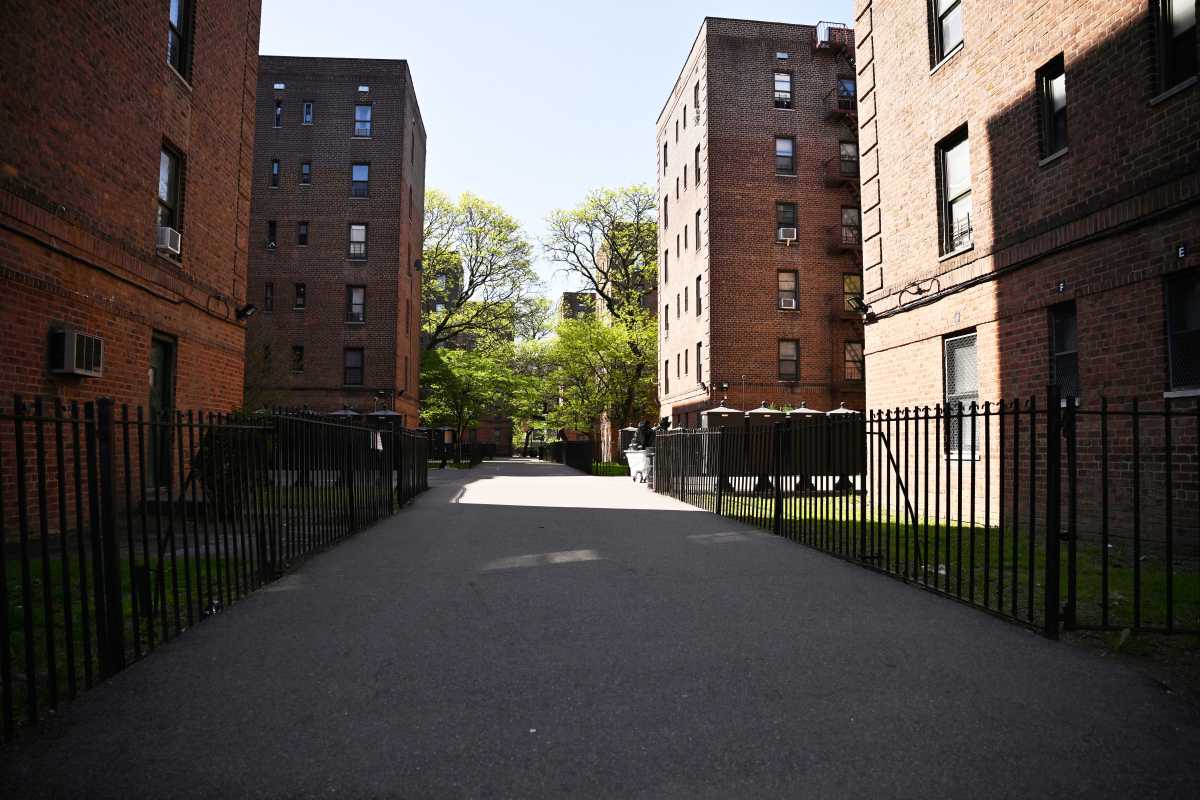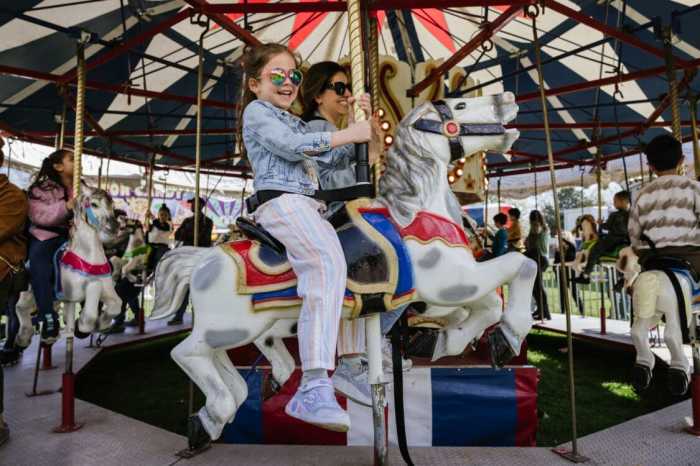Like a scene out of “Mission Impossible,” I climbed through a room filled with green tripwire lasers, careening my neck and balancing delicately so as not to set off the security system. The lights were turned down and tense music piped through the speakers, adding even more stress to my already precarious situation.
Of course, it wasn’t real and I’m not a spy — but I had fun pretending I was one at SPYSCAPE, a new interactive espionage museum opening in midtown on Feb. 16.
The 60,000-square-foot museum, which was developed with the help of a legitimate, top-level “spymaster” and hackers, including the illusive online group Anonymous, puts you in situations that actual secret agents have gone through and digitally tracks your actions with a wristband.
The hackers from Anonymous, like Jake Davis, offered their stories and signed the backs of dozens of Guy Fawkes masks that hang in the gallery.
There’s nothing normal about sitting in a small dark booth as a camera scans your face and a small device takes your pulse to determine whether you’re lying. I was prompted to play an altered game of Two Truths and a Lie, terrified that the two museum spokeswomen behind me would find out my deepest, darkest secrets. I found out making up lies is more difficult than telling the truth — laughing, I told the computer I’m a spy for the U.S. and I’ve stolen $5,000.
As the interrogation program explains what mannerisms imply a lie, it displays your scanned face both in real time and via video it recorded as you were speaking. I felt seen.
Other exercises had me calling out things I saw on a 360-degree screen made up of about two dozen surveillance videos, decoding messages to digital spies and playing mini-games to discover my personality.
It turns out I’d be a pretty good surveillance officer. Based on the information and personality testing I completed through the museum, like my amazing attention to detail I used during the surveillance game, the exhibit’s program totaled my points and shared its findings in a mirrored screen.
I don’t know what I can do with that information, but SPYSCAPE provides all you need to know about your specialty in a dossier it emails to you after you’ve visited.
“We wanted this to be a very empowering experience,” said Shelby Prichard, one of the museum spokeswomen. “It allows you to see the world differently and yourself differently.”
When you’re not slinking around like James Bond or Black Widow, the museum actually offers a pretty full look at espionage from its use during World War II through today. I got to see one of the original Enigma machines that Alan Turing used to decode messages during World War II (and a pretty amazing costume Benedict Cumberbatch wore during “The Imitation Game.”) Some parts were very sobering, from how cyber warfare has been used to mess with governments around the world to how much the NSA knows about us to actual surveillance tools used by the KGB. One room actually had spy gadgets like a pipe with a hidden dagger and an assassination pin. It struck me there that dangerous espionage is actually real and not just something in movies.
Every detail seemed to serve a purpose — Adjaye Associates, which designed the Smithsonian National Museum of African American History and Culture, the Victoria and Albert Museum and the Nobel Peace Center, and Archimedia, a British-based private investment group are behind it.
For those of you who want to try your hand at spying, SPYSCAPE will open at 928 Eighth Ave. on Feb. 16, and will take in future secret agents from 10 a.m. to 8 p.m. for $39 a person. For more information, visit spyscape.com.



































